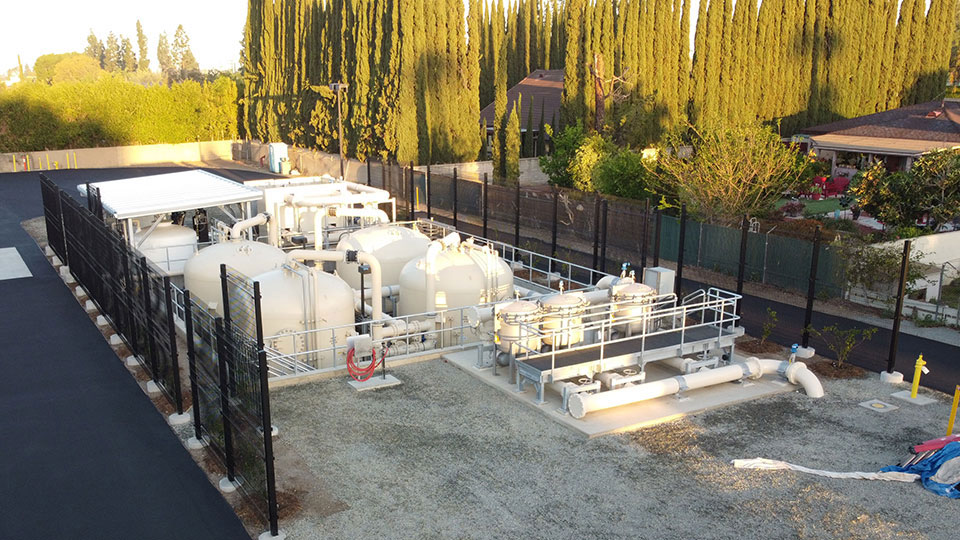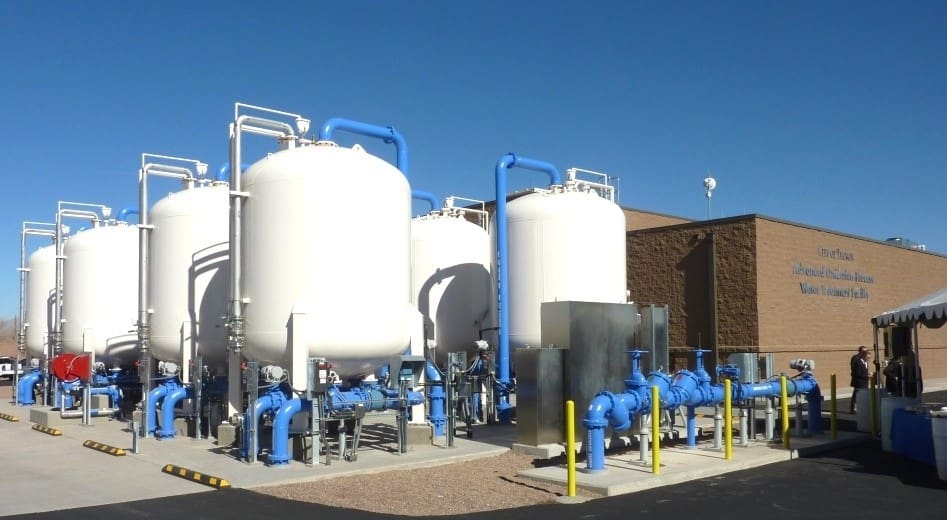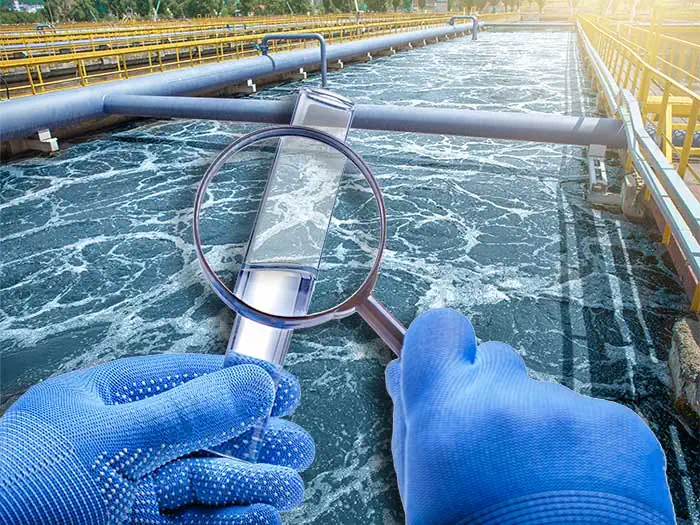PFAS Treatment in Groundwater
Wiki Article
Your Overview to PFAS Therapy Technologies and Advantages
The prevalence of PFAS contamination in water sources requires a comprehensive understanding of offered therapy technologies. Each innovation not just targets details PFAS compounds but likewise plays a vital duty in enhancing general water high quality and shielding ecological integrity.Recognizing PFAS Contamination
Understanding PFAS contamination is important for resolving its prevalent effect on ecological and human wellness (m270 pfas treatment). Per- and polyfluoroalkyl materials (PFAS) are a team of artificial chemicals extensively used in numerous industrial and consumer products due to their water- and grease-resistant residential properties. Commonly found in firefighting foams, non-stick cookware, and water-repellent fabrics, PFAS have actually gone into the setting with production procedures, wastewater discharges, and leaching from landfillsOnce launched, these materials continue the atmosphere, leading to extensive contamination of dirt and water sources. Their distinct chemical structure, identified by solid carbon-fluorine bonds, makes them resistant to destruction, causing a phenomenon called "forever chemicals." Subsequently, PFAS can collect in the human body and the food cycle, possibly creating damaging wellness results, including immune system interruption, developmental issues, and a boosted risk of certain cancers.
Regulative firms and health organizations are significantly recognizing the relevance of PFAS contamination, prompting initiatives to monitor, examine, and alleviate its effects. Understanding the paths of PFAS contamination is important for educating public policy and developing efficient techniques to safeguard both environmental and human health and wellness.
Overview of Treatment Technologies
Numerous treatment innovations have been developed to deal with the obstacles posed by PFAS contamination in water and soil. These innovations can be extensively categorized into several categories, each with its unique mechanisms and effectiveness in removing PFAS substances.One famous technique is ion exchange, which uses resin products to record and remove PFAS from contaminated water. This technique is especially efficient for short-chain PFAS and can accomplish significant decreases in concentration levels. One more innovation, progressed oxidation processes (AOPs), uses strong oxidants and ultraviolet light to break down PFAS into less harmful materials. AOPs are suitable for treating a variety of PFAS compounds however may require careful optimization to make the most of effectiveness.

Turned On Carbon Purification
Turned on carbon purification is an extensively made use of approach for the removal of PFAS from polluted water, understood for its capacity to adsorb a wide variety of natural substances. This technology employs triggered carbon, an extremely porous material with a substantial surface location, which helps with the binding of PFAS molecules through physical adsorption. The effectiveness of activated carbon in getting rid of PFAS is affected by a number of elements, including the type of carbon used, the contact time, and the focus of PFAS in the water.Among the benefits of activated carbon filtration is its flexibility; it can be carried out in different configurations, such as granular activated carbon (GAC) systems or powdered turned on carbon (SPECIAL-INTEREST GROUP) systems. GAC systems are normally utilized in larger-scale applications, while PAC can be made use of in smaller or momentary arrangements. The modern technology is fairly easy to run and preserve, making it available for many water therapy facilities.

Ion Exchange Solution
Ion exchange systems stand for one more effective technique for the removal of PFAS from infected water, matching approaches like activated carbon purification. These systems operate the concept of exchanging ions in the water with ions hung on a resin material. Ion exchange materials can be specifically created to target the negatively charged PFAS substances, properly catching them and permitting cleaner water to go through.One of the key advantages of ion exchange systems is their capacity to remove a large range of PFAS, including both long-chain and short-chain versions. This flexibility makes them ideal for various applications, varying from metropolitan water treatment to industrial procedures. In addition, ion exchange systems can commonly attain lower discovery restrictions for PFAS contrasted to some other therapy approaches, thus improving water high quality.
However, it is necessary to monitor and handle the regrowth of ion exchange media, as the efficiency can decrease over time due to saturation. Appropriate upkeep and substitute of the material are crucial for sustaining the system's efficiency. Generally, ion exchange systems give a reputable and reliable remedy for PFAS removal, contributing substantially to safe drinking water standards and environmental management.
Advanced Oxidation Processes
Advanced Oxidation Processes (AOPs) use effective oxidants to properly degrade PFAS compounds in contaminated water. These innovative treatment methods generate highly responsive types, such as hydroxyl radicals, that can break down complex PFAS molecules into much less harmful byproducts. m270 pfas treatment. AOPs usually utilize combinations of ultraviolet (UV) light, ozone, hydrogen peroxide, or Fenton's reagent, enhancing the oxidation potential and boosting destruction effectivenessThe main advantage of AOPs depends on their capability to target a broad range of PFAS compounds, including both long-chain and short-chain variants. This convenience is essential, as PFAS contamination usually involves blends of various compounds with differing chemical frameworks. Additionally, AOPs can be integrated into existing water therapy systems, making them a useful service for many districts and sectors.
Nevertheless, the implementation of AOPs pfas treatment can be resource-intensive, calling for careful factor to consider of operational costs and power consumption. In addition, while AOPs are efficient in damaging down PFAS, they may not completely get rid of all byproducts, demanding additional therapy actions - m270 pfas treatment. Generally, AOPs represent an encouraging opportunity for addressing PFAS contamination, adding to cleaner water sources and enhanced public wellness protection

Final Thought
By selecting the proper innovation, areas can improve water quality, secure public wellness, and reduce the ecological risks linked with PFAS exposure. Proceeded research and application of these approaches are important for efficient monitoring of PFAS contamination in impacted locations.Report this wiki page